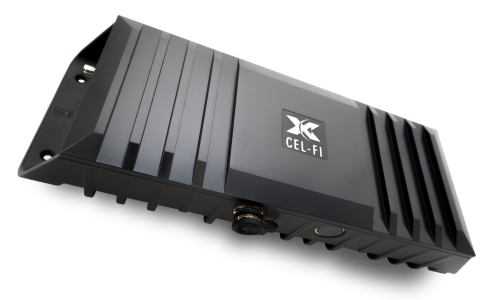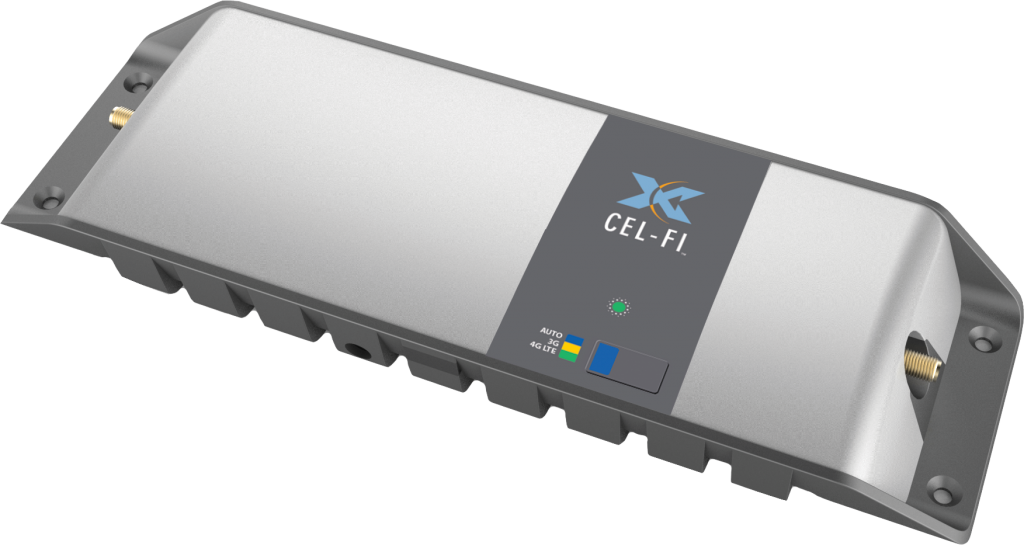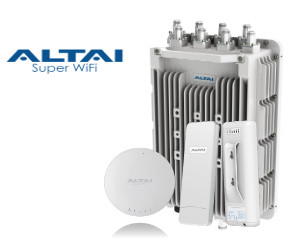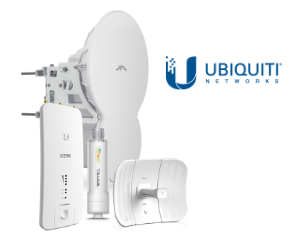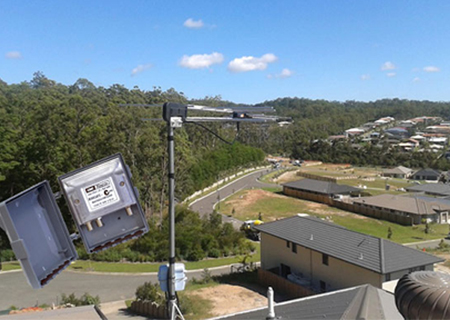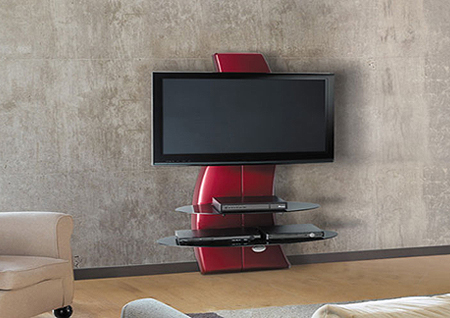Even if you have the best television package installed, you cannot enjoy the perks if you have a poor satellite connection. Your television works when the antenna of your house catches a signal from the radio waves present in outer space. The reception of these waves is essential because it regulates almost all digital devices such as phones, television, and Wi-Fi. The antenna and satellites installed in your house receive the radio waves from outer space and transmit them to your devices for their smooth working. The unhindered working of satellites is vital if you want to remain connected and updated. This is the reason why satellite and antenna installation must be professionally done. It gives you the edge for smooth and effective service along with any maintenance that they may require.
What type of satellite dish is the best to use?
A satellite dish must have a big dish upon which the waves strike. The surface must not be plane or straight but slightly bulging at the boundary to capture the waves. This means that the waves should not reflect into space after coming in contact with the satellite dish. They should be able to be absorbed and used for transmitting audio and video signals. Stormy weather will disrupt the quality of the video even more if the receiving dish is not of adequate size.
The material of the dish is another crucial factor. The best and the most common materials for satellite dishes are aluminum and steel. Aluminum is resistant to corrosion, light in weight with a large diameter. However, since it is light in weight, it is easily affected by the load and direction of the wind, which could be one of the downsides of aluminum satellites.
Steel is heavier and has a good scope for an impressive diameter. It is durable and budget-friendly. However, steel is not susceptible to water or corrosion, which means it rusts over time.
If you are looking for a good quality satellite, your best bet is to choose between steel and aluminum- both of which will work wonderfully if they are taken care of and are properly maintained. These are ideal for houses, bungalows, cottages, and multi-story buildings, making them all the more versatile.
Installation of a satellite antenna
When a professional installs your satellite antenna, there is a negligible chance of any error. They take care of everything that is required for the smooth functioning and application of the antenna. The installation procedure includes:
- Make sure the antenna is facing a direction that does not have any obstructions. The face of the antenna must directly be facing upwards, and there should not be any resistance in the way of the incident waves. This makes the catching of signals easier. The reflector antenna should not be covered or wrapped and should be stretched to its maximum length.
- The satellite is mounted at the azimuth angle obtained for that particular satellite. The direction of the satellite must align with the same azimuth magnetic value.
- The satellite angle should be aligned so that the reception of waves directly culminates in high-quality videos in your channel. The company will give you a beacon channel used as a reference to evaluate the video quality on other channels.
- The reflector is then slightly rotated to see what angle and position give the best quality results on the TV channels. When the peak point is visible, the antenna is mounted on that degree in that direction.
- Once you are satisfied with the video quality, connect the satellite connection to the main power supply in your locality and at any point in your residence.
- Access the satellite system setting once the setup is done and make any changes that you find vital.

